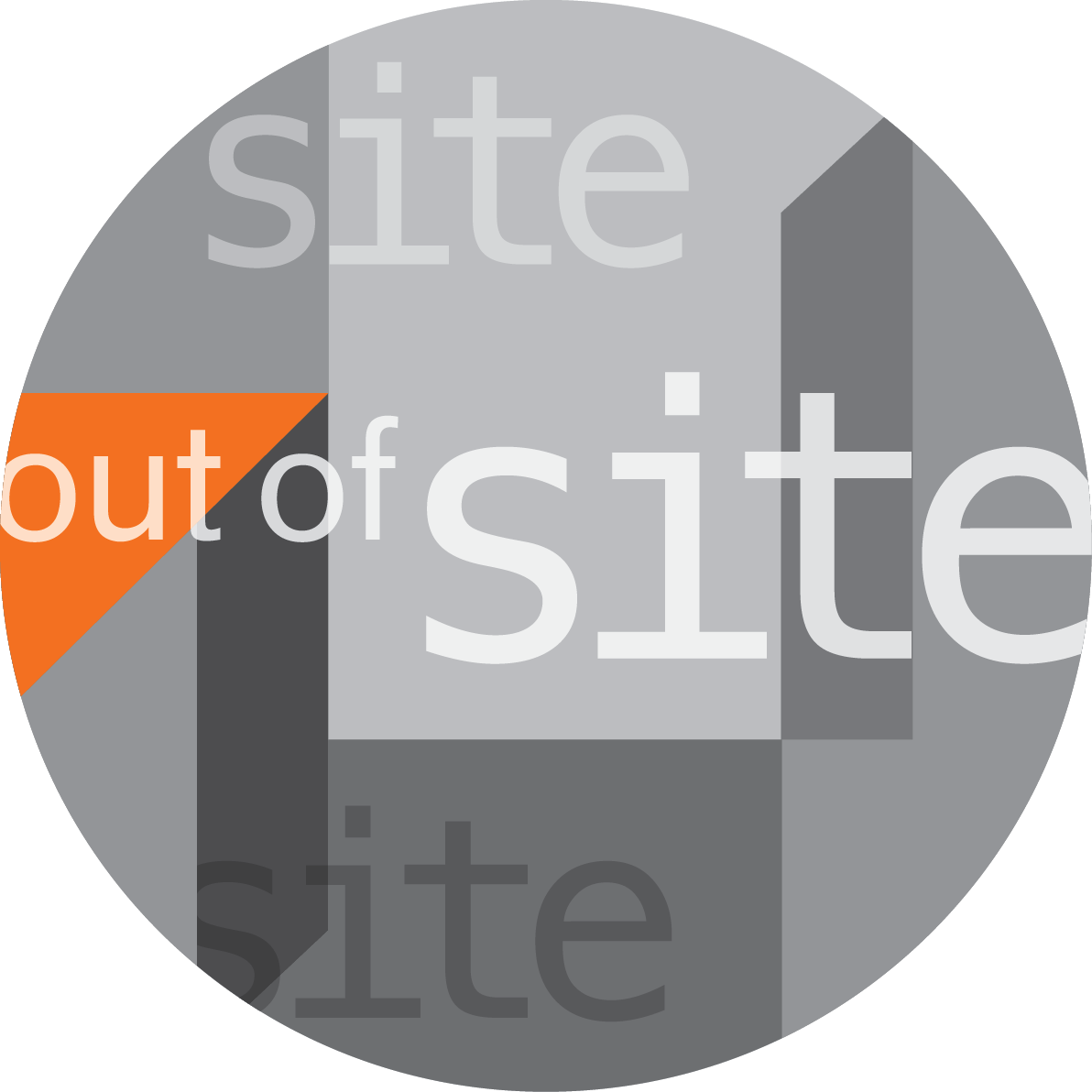Sophia Kidd on Paul Couillard
Paul Couillard (wearing white glove given to him by Alexander Del Re) with audience member, I – You – We [Eu – Você – Nós] presented in the context of "Perfor6 [quem?]" at Largo da Batata, Sao Paulo, Brazil
Photo by Dominique Wainstein
You Determine the Outside Which Determines My Inside
On Thursday, June 2, 2022, the Flow • embody in site 2022 symposium kicked off with an online lecture given by queer performance artist, curator, and scholar, Paul Couillard.
The latter two thirds of Couillard’s hour long talk, GESTURE: The materiality of animateness, was given against a virtual backdrop of a moving-slide representation of his performance art corpus. These traces of the artist’s body in past movement works were populated by the curator’s accessible and generous tone as well as scholar-speak in real-time. Host Martine Viale integrated the lecture with our own understanding, conscientiously leading into an introduction to Couillard’s multi-dimensional career, and inviting us to join in a Q & A after the lecture. We were encouraged by the artist to take advantage of any glitches in technology of his presentation to get up and stretch, move about, or make a cup of tea. This unique approach to technical difficulties was one of many gestures animating the soul and presence of Paul Couillard.
The session was not for beginners, presenting a theoretical framework threatening to topple rows of book cases behind me. Thundering through GESTURE: The materiality of animateness were the thoughts of Hannah Arendt (idea of ‘action,’ as unmediated thing between humans), David McNeill (Gesture and Thought), Louis Althusser (on the separation between humanities and sciences), Giorgio Agamben (on a sphere of pure mediality, pointing to what cannot be said), Carry Noland (Agency and Embodiment: Performing Gestures/Producing Culture), Walter Benjamin (on Bertolt Brecht), Aby Warburg (art history & cultural theory), Charles Foussard (or was it Aurélie Foussard?), Jacques Derrida (on the metaphysics of presence), Edmond Husserl (informing Derrida), Martin Heidegger (also informing Derrida), Emmanuel Levinas (ditto), Maxine Sheets-Johnstone (“Thinking in Movement,” in The Journal of Aesthetics and Art Criticism), N. Katherine Hayles (How We Became Posthuman: Virtual Bodies), and Amelia Jones (on the issue of documentation in art history). The scholar had just completed an eleven-year long doctoral program, one which capped a career of over 300 performances throughout 26 countries. The cost for an artist to depart from the unsaid, the unintentional, and enter so fully into the discursivity of academia…must have been immense. And yet Couillard was buoyant, presenting his ideas in a straightforward manner, sewn into his own thoughts on performance art, gesture, and representation.
There was no trace in the talk of Western transcendence. No Cartesian duality of mind or body. No Spinozan ‘conatus’ endeavouring to persevere in its being. There may have been a hint of Leibniz, whispers of mind as the body’s idea of itself. We learned how Couillard interrogates time, space, body, and audience, arriving with the news that, “the point of action is to answer the question of who you are.’ This question of who we are is answered in presence with those around us. We arise in relationship, through our actions. In performance, the ‘zip’ is the “tension between intention and accident, where accidents become part of the texture of a work.”
It was interesting to see how the artist played presented his acting-thinking body. He spoke of sickness and disability in periods of his life, and I would have liked to learn more about that. How did these moments where the body was no longer ‘ready-at-hand’ (Heidegger) open the doors of perception (Aldous Huxley)? Couillard’s dalliance within “constellations of corporality, materiality, movement, intentionality, and expression” moved me deeply. “We think,” he points out, “not in words, but in images.” Ah, the image. Now we enter a whole new dimension.
But what did he mean by, “Gesture is a migratory phenomenon”? Where does it go? Where does it come from? Agamben had said that, “only the myopia of art could say that the gesture is a crystallization” of action. No, we learn, gesture is not a chrysalis, it is a mere representation, and documentation serves as a vessel for these gestures. Well, then I understand. For representations migrate from mind to mind, group to group, and from semiotic system to semiotic system. When in Rome, representations take on hard lines and realism. When in Greece, they take on sensualism and perception. From the rational to the imagining body as thinking field of action. When in Asia, representations take on a matrix of being more akin to what Paul Couillard talks about as “a relationality replacing metaphoricity,” as presence breathes a full breath. Presence realizes itself in relationship to the Other, through time and space. The artist, the curator, the scholar, they all pursue the gesture, shucking documentation like pods, to get at the pea…that tiny little pea which will keep the princess up at night. For although consciousness is no longer a thing, it still grows through suffering, deepens with each night unslept.
The three most important take-aways from this brilliant talk by Paul Couillard were 1—the notion of consciousness as no-thing, as not separate from our body, and 2—the notion of the body as animate form, composed of millions of cells exploding and imploding with their own life force, and 3—the reality that our worlds are created through relationality. What a long way we’ve come from the School of Chartres, that important center of French scholarship in the High Middle Ages, with its trivium (study of logic, grammar, and rhetoric), and its quadrivium (arithmetic, geometry, music, and astronomy). Perhaps there has been an evolution of consciousness, after all, although not of consciousness-as-thing-evolving, but of evolution embodied in medias res.


